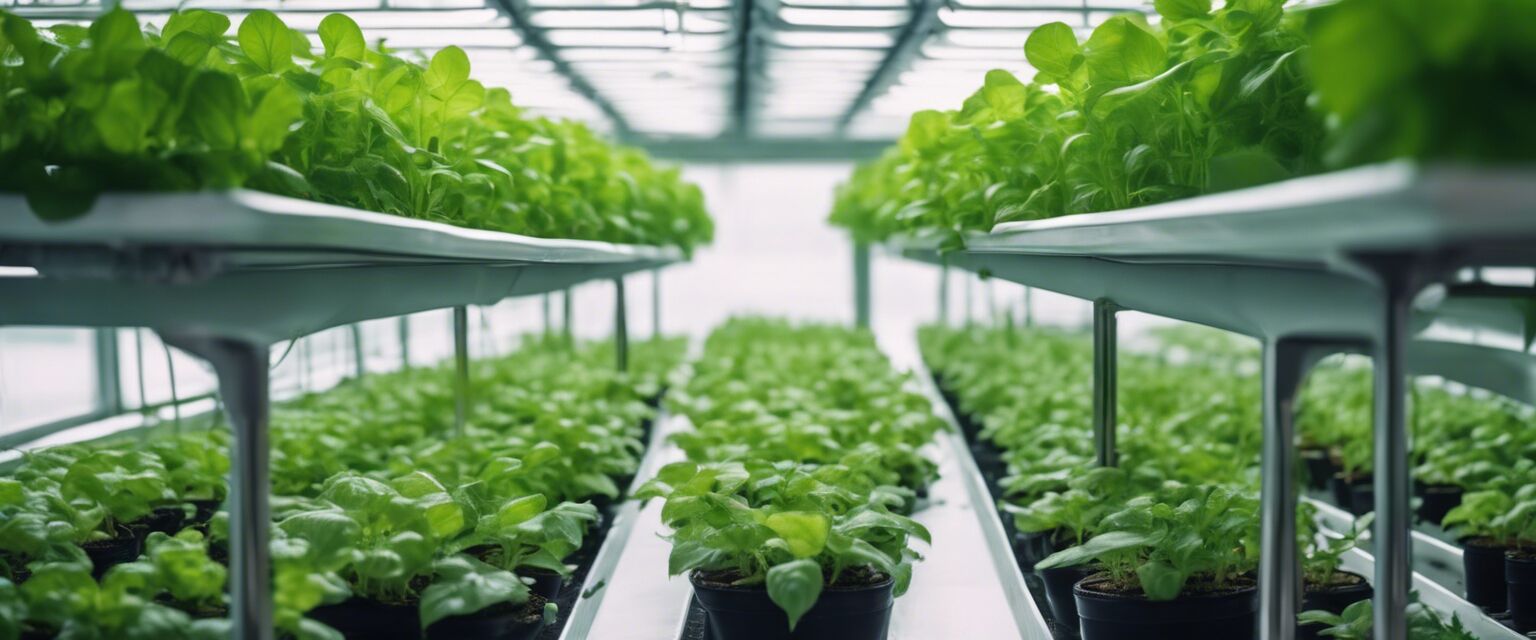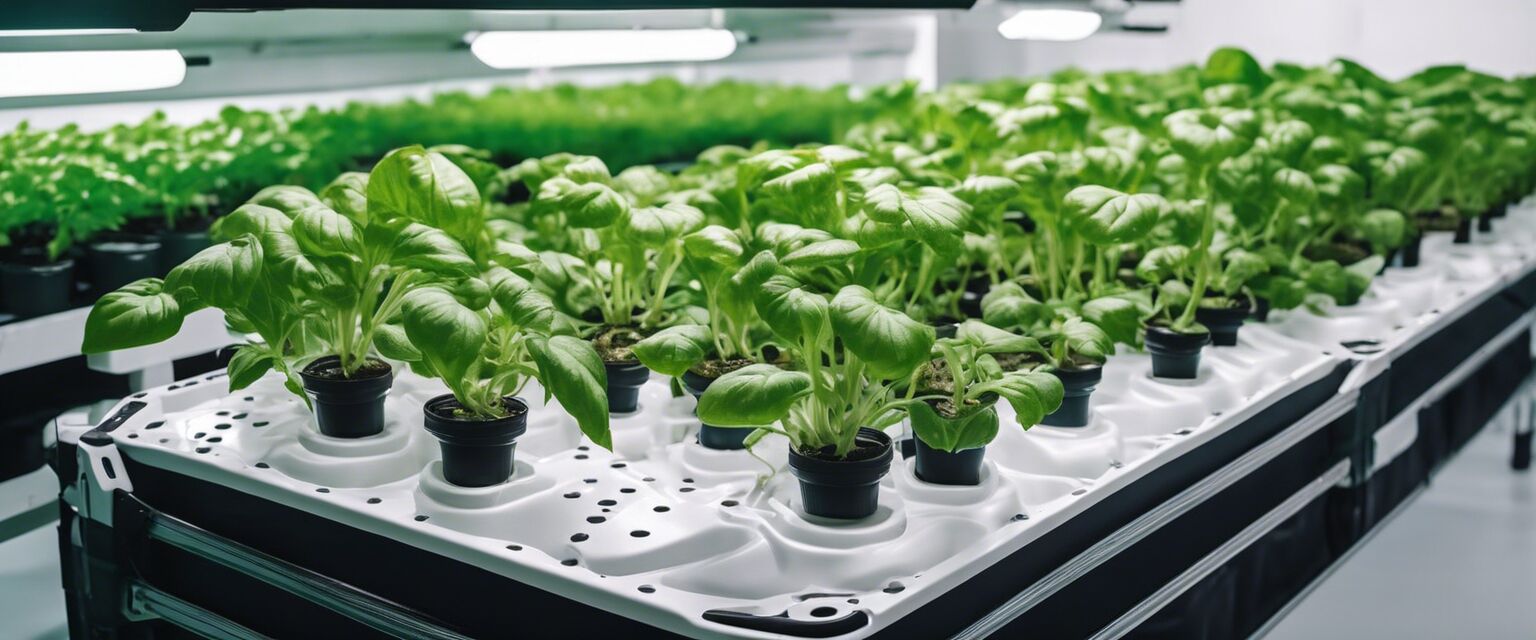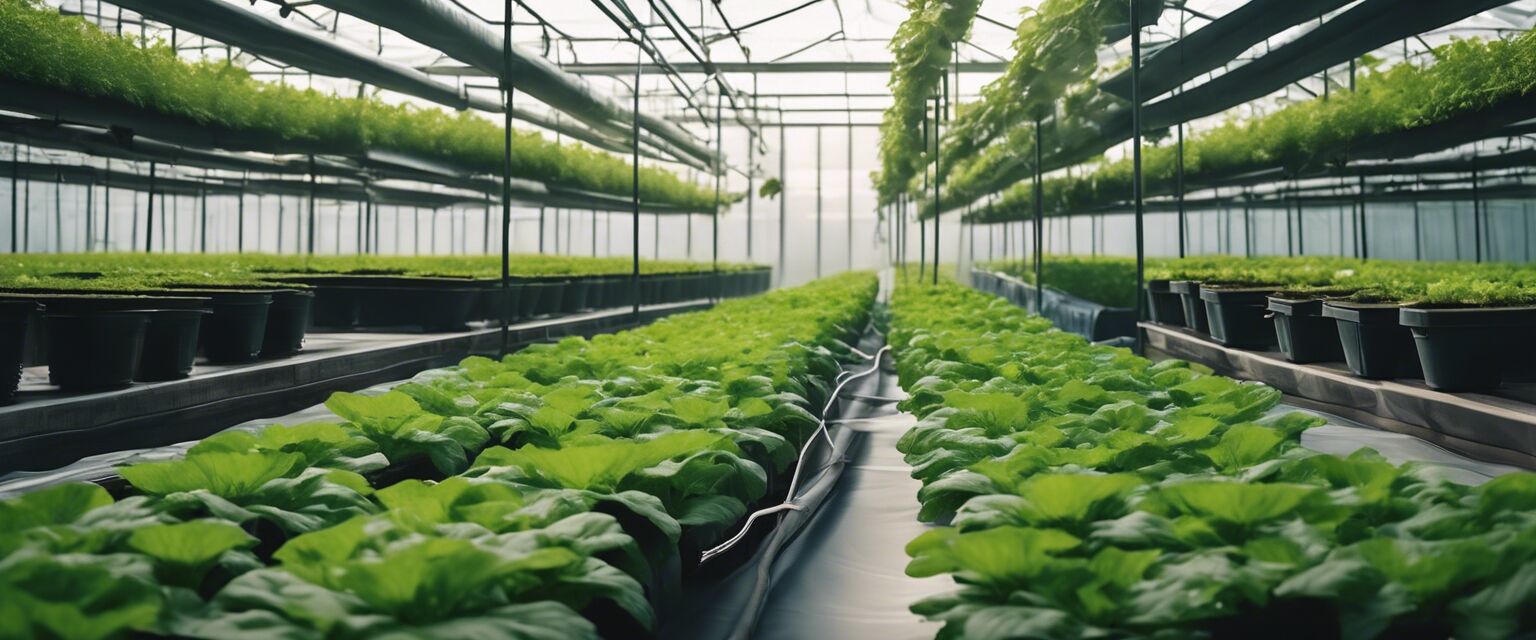
Advanced Hydroponics Techniques
Key Takeaways
- Advanced hydroponics techniques improve yield and efficiency.
- Understanding plant nutrient requirements is crucial.
- Automation and monitoring systems enhance growth conditions.
- Choosing the right growing medium can significantly affect results.
Hydroponics is revolutionizing the way we grow food and vegetation. With advanced techniques, growers can optimize their systems for better yields, healthier plants, and more efficient use of resources. In this article, we will explore various advanced hydroponics techniques, including nutrient management, system automation, and the selection of appropriate growing media.
Understanding Hydroponics
Hydroponics is a method of growing plants without soil, using nutrient-rich water instead. This technique allows for greater control over plant growth, as well as the ability to grow in areas with poor soil quality. Below are some key advantages of hydroponics:
| Advantage | Description |
|---|---|
| Space Efficient | Hydroponics allows for vertical farming, maximizing space usage. |
| Water Conservation | Uses up to 90% less water compared to traditional farming methods. |
| Pest Control | Reduced soil-borne pests and diseases, minimizing the need for pesticides. |
Advanced Techniques in Hydroponics
Nutrient Management
Proper nutrient management is essential for successful hydroponics. Here are some advanced techniques to consider:
- EC and pH Monitoring: Regularly check and adjust the electrical conductivity (EC) and pH levels to ensure optimal nutrient absorption.
- Custom Nutrient Solutions: Tailor nutrient solutions to meet specific plant needs, considering growth stages and environmental conditions.
- Nutrient Film Technique (NFT): Utilize a thin film of nutrient solution to feed plants, enhancing oxygen availability.

Automation and Monitoring Systems
Implementing automation can enhance the efficiency of hydroponic systems:
- Automated Nutrient Dosing: Use pumps and sensors to automatically deliver precise nutrient amounts.
- Climate Control Systems: Maintain optimal temperature and humidity levels with automated systems.
- Remote Monitoring: Employ IoT devices to monitor plant health, nutrient levels, and environmental conditions from anywhere.
Choosing the Right Growing Medium
The choice of growing medium can significantly impact plant growth. Some popular options include:
| Growing Medium | Benefits | Considerations |
|---|---|---|
| Coco Coir | Excellent water retention, sustainable | Can retain salt; requires rinsing |
| Rockwool | Great aeration and moisture retention | Non-biodegradable; requires careful handling |
| Hydroton | Good drainage and aeration | Heavier than other options; can be costly |
Popular Hydroponic Systems
Different hydroponic systems can cater to various needs and setups. Here are some popular systems:
- Deep Water Culture (DWC): Plants are suspended in a nutrient solution with their roots submerged.
- Vertical Farming: Utilizing vertical space to maximize production.
- Hydroponic Towers: A space-saving option ideal for smaller areas.

Benefits of Advanced Techniques
Implementing these advanced techniques can provide numerous benefits, including:
Pros
- Higher yield and faster growth rates.
- Less water and nutrient waste.
- Greater control over growing conditions.
- Potential for year-round production.
Cons
- Initial setup costs can be high.
- Requires continuous monitoring and management.
- Technical knowledge is necessary for troubleshooting.
Conclusion
Advanced hydroponics techniques are transforming food production by enhancing efficiency and yield. By focusing on nutrient management, automation, and the selection of the right growing medium, growers can significantly improve their hydroponic systems. For more information on specific systems and products, check out our hydroponic systems page.
Tips for Beginners
- Start with a simple system to gain experience.
- Keep detailed records of your plants' growth and conditions.
- Join online forums or local groups to share experiences and tips.
- Experiment with different plants to find what works best in your setup.






